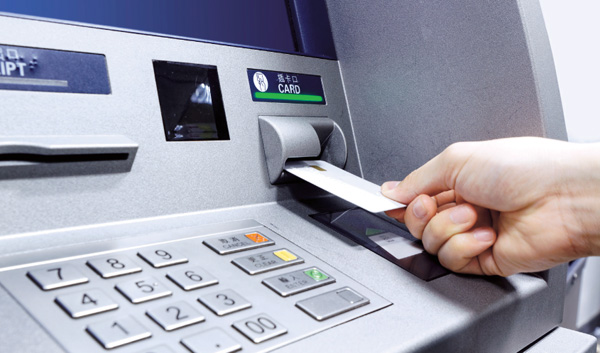Earlier this year I had the pleasure of hosting our Credit Union VOGUE end-user group at our offices in Westlake, Ohio, to discuss recent trends, technology best practices and new solutions the institutions have implemented since we last conferred. Of course, the topic of fraud came up, and as I looked around the room, I saw two things: Trepidation and passion.
I find these themes common within the financial services industry, especially in recent years, when many organizations find themselves in the limelight as victims of cyberattacks, putting their data and members' information at risk. According to a recent study from Javelin, the "2017 Identity Fraud Study," identity fraud hit an all-time high in 2016, increasing 16% and affecting 15.4 million victims in the U.S. The 2017 Identity Fraud Study identified four significant trends:
- Fraudulent instances were at a record high in 2016, increasing by two million from the previous year and driven by growing existing-card fraud.
- Card-not-present fraud rose significantly because of growing electronic and mobile commerce. CNP fraud increased by 40% while point-of-sale fraud remained around the same as the 2014 levels.
- Account takeover, one of the most challenging fraud types for consumers, rose in 2016. Victims paid an average of $263 out of pocket and spent a total of 20.7 million hours to resolve all cases.
- New-account fraud remains unchanged as cyber criminals become better at escaping detection. According to the study, victims were more likely to discover fraud activity through credit report reviews or after receiving updates from a debt collector.
Recommended For You
If you're anything like me, this news frightens you. Your trust decreases in the many institutions that have access to your personal information and you take fraud tracking into your own hands, obsessively checking accounts to ensure information and assets are safe.
Because credit unions build their reputations on exceptional member service, they are in an even tougher positon than other organizations that store and process personal information. To live up to member-centric expectations, they need to ease members' trepidation by implementing secure programs and best practices to decrease security threats.
Guaranteeing a member won't ever experience fraud may be impossible, but, by putting the right processes in place, credit unions can help ease members' stress when fraudulent activity occurs. More credit unions are implementing enterprise information platforms, which provide enterprise content management, case management, business process management, records management and capture all on a single database, code base and content repository.
Leveraging case management capabilities allows fraud investigators to easily log, access and interact with the critical data involved in fraud investigation processes. More importantly, it eliminates inefficient and time-consuming spreadsheets that store disorganized member information and helps fraud investigators receive the right information at the right time, from anywhere, to ensure members' cases are resolved as quickly and efficiently as possible. By providing a full 360-degree view of all member case-related information – including data, records, documents, forms and history – fraud investigators are in a better positon to resolve the case, and ease member stress, in a timely manner. It also saves on the total time it takes to complete fraud investigations.
Organizations need to take a more proactive approach to fraud investigations – not only to administer best practices to keep information safe, but to reduce members' stress by having efficient processes that resolve fraudulent activity as quickly and easily as possible.

Michelle Harbinak Shapiro is Financial Services Marketing Portfolio Manager for Hyland. She can be reached at 440-788-6803 or [email protected].
© 2025 ALM Global, LLC, All Rights Reserved. Request academic re-use from www.copyright.com. All other uses, submit a request to [email protected]. For more information visit Asset & Logo Licensing.







